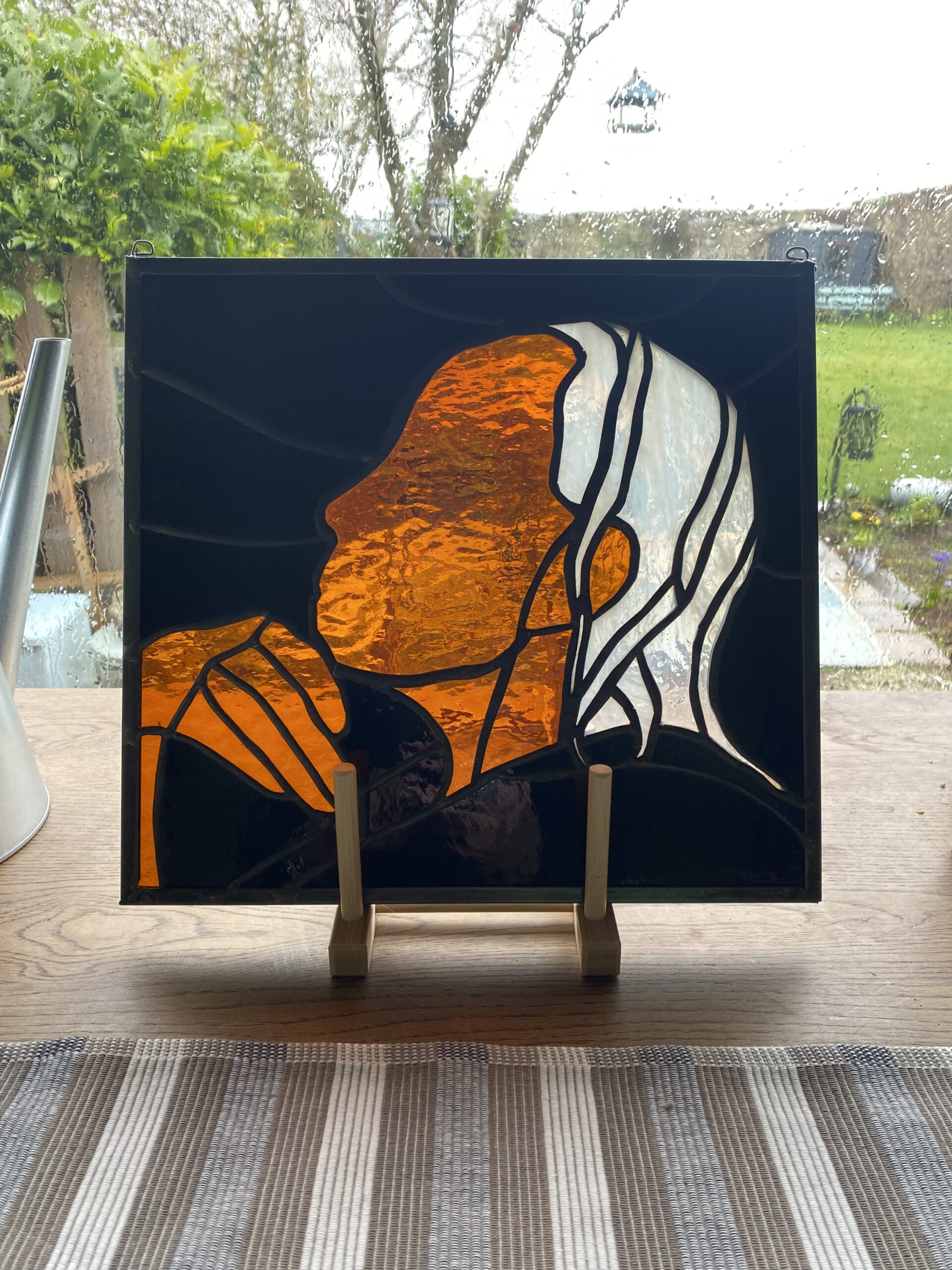My favourite piece? Septima Poinsette Clark (1889 – 1987)

Martin Luther King Jr called her The Mother of the Movement although her work wasn’t recognised by some male activists. She believed in knowledge as a powerful force for the marginalised – more powerful than changes in the law.
Her father was enslaved at birth as a house servant on a plantation near Georgetown, owned and run by Joel Roberts Poinsett. As an adult he worked on a ship, travelled to Haiti and met Victoria. They married and moved back to Charleston. Victoria vowed to never be a servant and she worked hard and raised her children with strict discipline – particularly the girls.
Septima attended school at age 6 but received no education. She was taught to read and write by a neighbour and her mother looked after the neighbour’s children in return.
From 9th Grade, Septima attended the Avery institute where she was taught solely by white women. After graduating high school in 1916, she could not afford to attend College but she passed an exam that allowed her to teach. At that time, South Carolina did not permit African Americans to teach, so she got a job in the Sea Islands (over 100 tidal and barrier islands off the Atlantic coast).
She returned to study part time and completed her BA and MA. She taught illiterate adults at night on her own time on top of her daytime teaching job.
She began campaigning for pay equalisation for teachers after seeing inequality first-hand. She returned to teach at Avery and petitioned the local community to allow black principals. It’s said she got 10,000 signatures in a day and in 1920 they finally permitted black teachers.
By this time she was a member of the National Association for the Advancement of Colored People (NAACP) and in 1956 she was appointed vice president of the Charleston branch. That year, South Carolina passed a law banning state employees from involvement with civil rights organisations. She refused to leave the NAACP and was sacked by the Charleston City School Board, losing her 40-year pension and becoming unemployable in the area.
She started teaching literacy at the Highlander Folk School in Tennessee, teaching people how to fill out application forms and voter registration forms – and citizenship schools were born.

My son bought me this wonderful book (I Dream A World: Portraits of Black Women who Changed America by Brian Lanker. It’s beautiful and the front cover shows Septima Poinsette Clark, pensive and in profile. I used this image for my stained glass portrait of Septima. I used Black Oceanside glass for the background, Dark Amber Waterglass for the skin and White wispy for the hair. You might recognise the white wispy from some other portraits.
The braids were very difficult to cut. Curvy, skinny, long… not easy. Glass is flat, so getting shape and depth can be tricky. The fingers worked out ok I think.
The opaque black background glass really makes the face and hair stand out and I love the way this looks with the light behind it. I made a zinc frame, cutting the corners with a mini angle grinder before soldering hanging loops inside the channels.
Previous
Next
How to get in touch
Get in touch if you have a commission idea.
How to contact me
